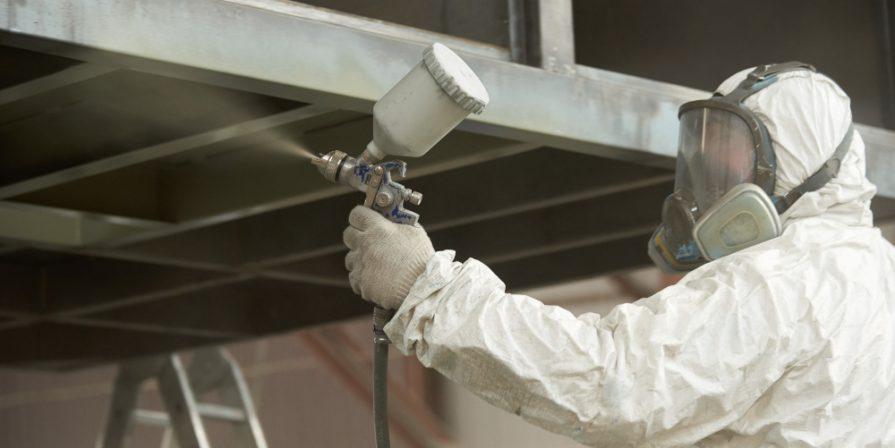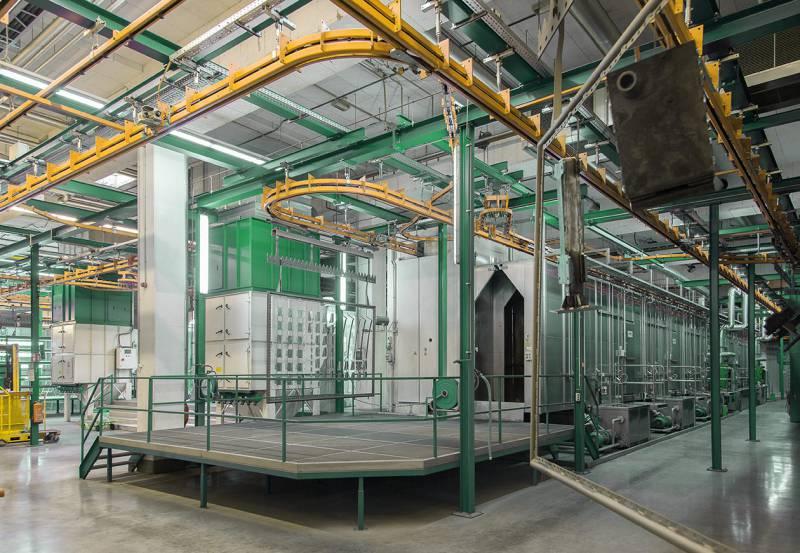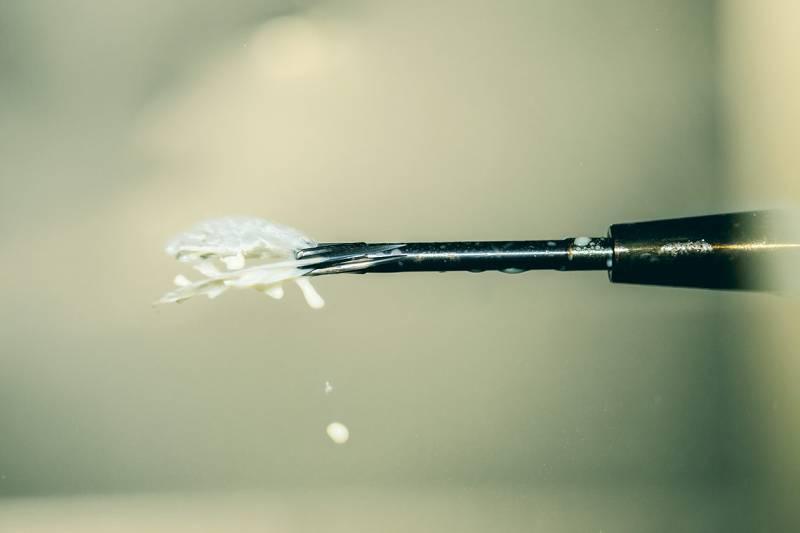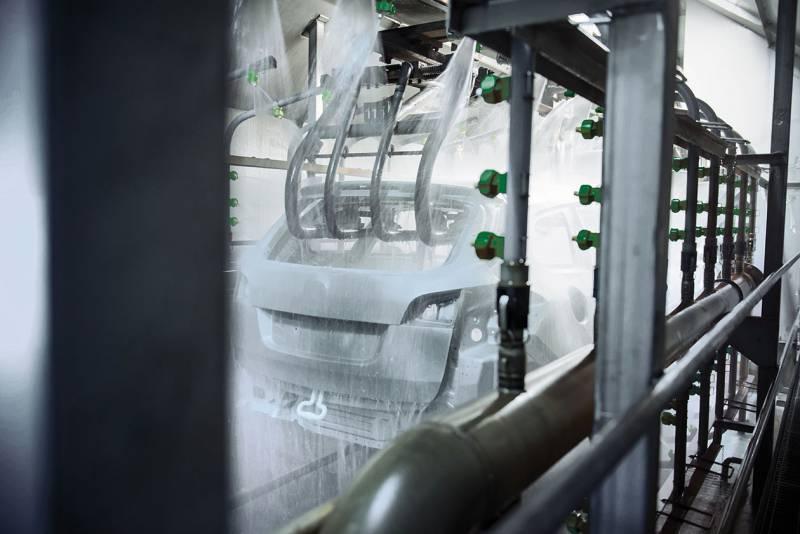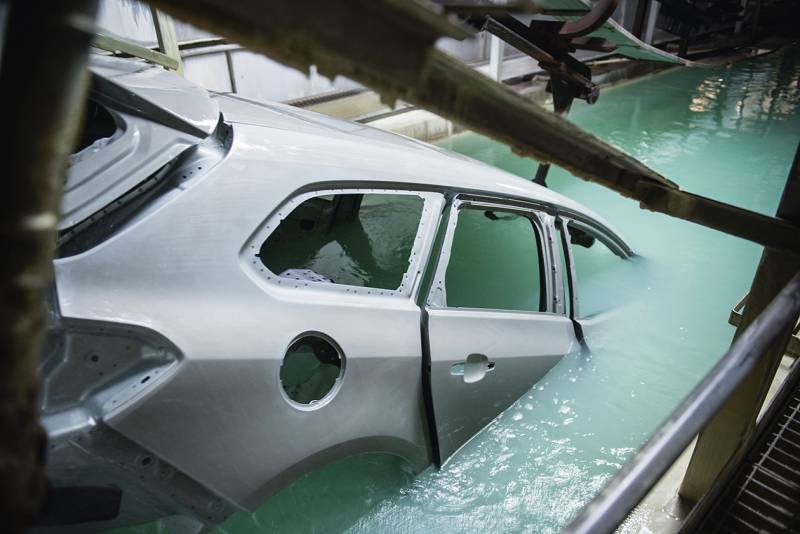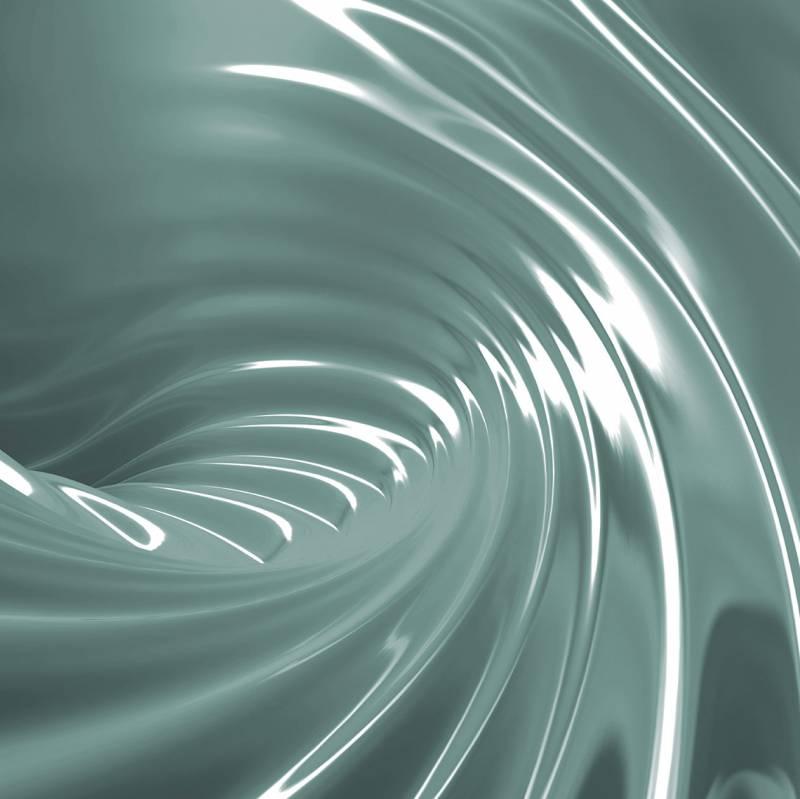Process parameters in surface technology are measurement variables that define the conditions influencing coating or material treatment procedures. Chemical and physical processes are triggered when an external influence disturbs the existing equilibrium. As the system seeks to re-establish balance, other surrounding states may become disrupted. To achieve a specific outcome in surface treatment, all process parameters must be maintained within the required tolerance range.
Overview of Process Parameters in Surface Technology
The physical variables that affect surface technology processes vary depending on the method and typically include:
- Pressure
- Temperature
- Concentration
- Dwell time
- Flow rate
- Feed rate
- Rotational speed
- Electrical voltage
The values of these variables can fluctuate based on surrounding conditions and often affect one another. To keep them within the required range, they’re monitored and adjusted using control and regulation systems. In US manufacturing, these control systems typically align with ISO or ASTM standards for process monitoring, ensuring reliable real-time adjustments or periodic checks.
Process Parameters in Metal Surface Machining
Machining metal surfaces, involves using tools to remove material. This efficiency of this process is determined by feed rate and rotational speed, but heat buildup can interfere. As feed rates and speeds increase, so does temperature. To keep heat within set limits, cooling lubricants are used to reduce heat generation and provide cooling. The cutting fluid system relies on pressure to maintain the necessary flow rate. The more fluid that flows through the machining zone, the more heat it can absorb.
Valves, adjusted by automated controls or operators, ensure that cooling matches demand. The effectiveness of cutting fluids also depends on the concentration of their components. For water-based coolants, this concentration changes over time because the cooling effect comes partly from water evaporation. For this reason, the ratio of coolant concentrate to water is checked regularly. If it is outside spec, concentrate or water must be added to restore the correct balance. The warmed fluid collects in tanks and cools there over time,—a process defined by dwell time, The tank size determines how long the fluid can remain and release heat.
Process Parameters in Surface Treatment
In surface treatment, cleaning, conversion coating, and coating processes are commonly used. The effectiveness of the process chemicals depends on their composition, the temperature, and the amount of time allocated for each step.
Cleaning Surfaces
Surface cleaning can be done by spraying or immersion. In spraying, the cleaning action is assisted by the mechanical force of pressurized fluid hitting the surface. Here, the key process parameter is the pressure at which the cleaner is delivered. It must be strong enough to achieve the desired cleaning effect but not so high that it damages the material. For immersion baths, the critical parameters include the bath temperature, the concentration of active agents, and dwell time. During this period, contaminants should dissolve completely. As they do, the concentration of cleaning chemicals changes. Once spent chemicals and contaminants are removed from the bath, fresh chemicals must be added to maintain proper levels.
Forming Conversion Coatings
Forming conversion coatings involves a chemical reaction between the material surface and the process chemicals. These reactions always depend on the concentrations of the reactants and the ambent temperature. Concentration affects the type of reaction products, while temperature controls reaction speed. The thickness of the coating produced is mainly determined by dwell time. By adjusting these process parameters, the coating thickness and its exact composition can be controlled. For electrochemical conversion processes—like anodizing—electrical voltage moves charged particles. Their speed depends on the electrical voltage applied to the electrodes. Given the system’s electrical conductivity, a current is established, which can be regulated by adjusting voltage. The resulting particle movement must be matched with dwell time to reach the desired coating thickness.
Coating and Painting
Coating metal parts involves different processes combining surface contact with the coating material, film formation, and drying. Paint can be applied by spraying or dipping. A variation of dipping is anodic dip coating, where an electric field drives paint particles onto the surface. In all methods, the paint’s composition and the optimal temperature are critical for good results. In spraying, the pressure used to apply paint or powder must be within the specified range to be effective. For all dipping processes, dwell time is one of the key process parameters. Anodic dip coating also depends on precisely set electrical voltage. The coating process ends with a drying phase, during which solvents evaporate. The evaporation rate depends on temperature and on how quickly solvent vapors are replaced by dry, clean air. These conditions determine the optimal dwell time for the drying phase.
Why Process Parameters Matter in Surface Technology
The results of surface technology processes are verified by quality parameters such as coating thickness, adhesion, dimensional accuracy, and surface roughness. These describe the final condition of the treated surface. Process parameters determine how these qualities are achieved. If quality tests show issues, it’s essential to check which process variables need adjusting — and to remember that interactions between physical factors often play a bigger role than expected. Monitoring and adjusting them is key to reliable, repeatable results.
 Kluthe Magazine
Kluthe Magazine
